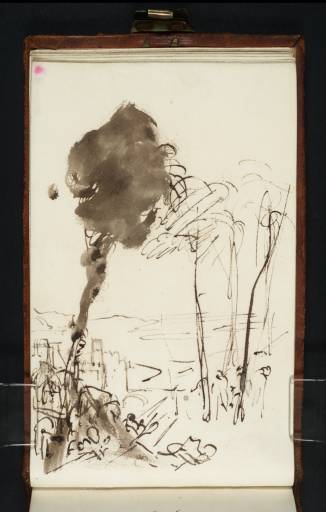1909
A.J. Finberg, A Complete Inventory of the Drawings of the Turner Bequest, London 1909, vol.I, p. 362, CXXIX 20a, as ‘Study for classical subject. Possibly “Mercury and Herse” exhibited R.A. 1811’.
1966
Jack Lindsay, J.M.W. Turner: His Life and Work: A Critical Biography, London 1966, pp.126, 237 note 5.
1974
Gerald Wilkinson, The Sketches of Turner, R.A. 1802–20: Genius of the Romantic, London 1974, p.141.
1982
Evelyn Joll and Martin Butlin, L’opera completa di Turner 1793–1829, Classici dell’arte, Milan 1982, p.99, no.186.
1984
Martin Butlin and Evelyn Joll, The Paintings of J.M.W. Turner, revised ed., New Haven and London 1984, p.81, no.114.
1990
Kathleen Nicholson, Turner’s Classical Landscapes: Myth and Meaning, Princeton 1990, p.215 note 31.

